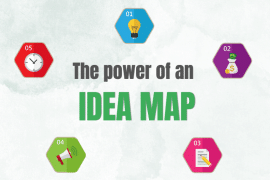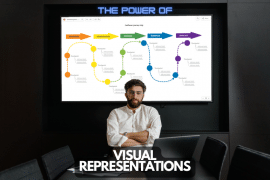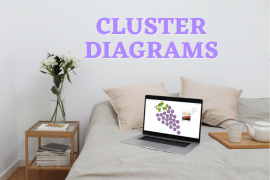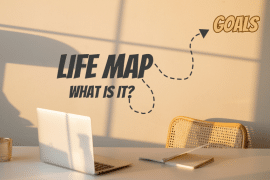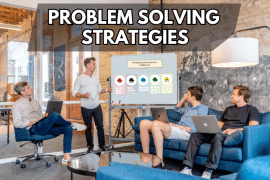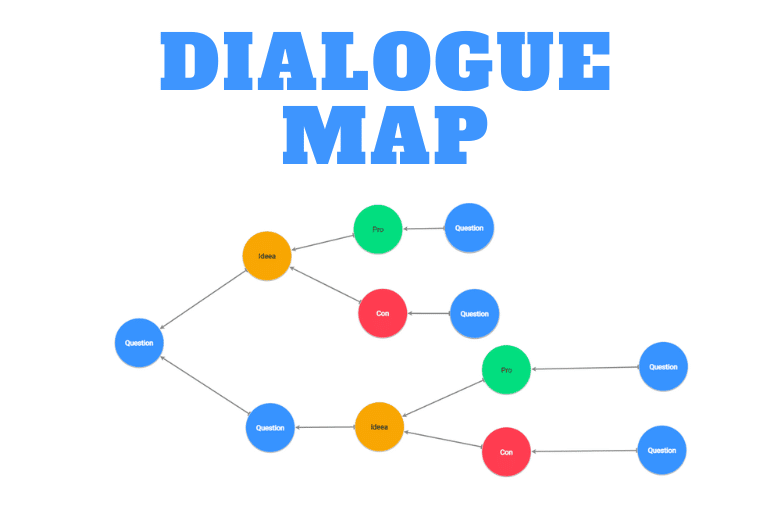
There are some complex problems out there in the world that benefit from a special type of mapping of ideas known as a dialogue map. A dialogue map or dialogue mapping helps find possible solutions. It is a mind map type that’s meant to help with critical thinking and shared understanding of complex problems.
The idea came from Jeff Conklin, who also founded the Connexus institute. You can find more about his theories here, from a book published by John Wiley & Sons.
What is a dialogue map?
Getting back to dialogue mapping, it is a facilitation technique. The main purpose of many dialogue mapping sessions is to combat wicked problems. We’ll look into wicked problems a bit later and what they are.
The dialogue map starts with a series of interconnected nodes. Each node itself is a central focus representing a step or a stage. You can connect these with lines showing the flows. All the ideas and possible solutions are then fully drawn out. It is meant to be used as a shared display with participants to build a mutual understanding. It should also promote group discussions combined with active listener techniques as the basic elements.
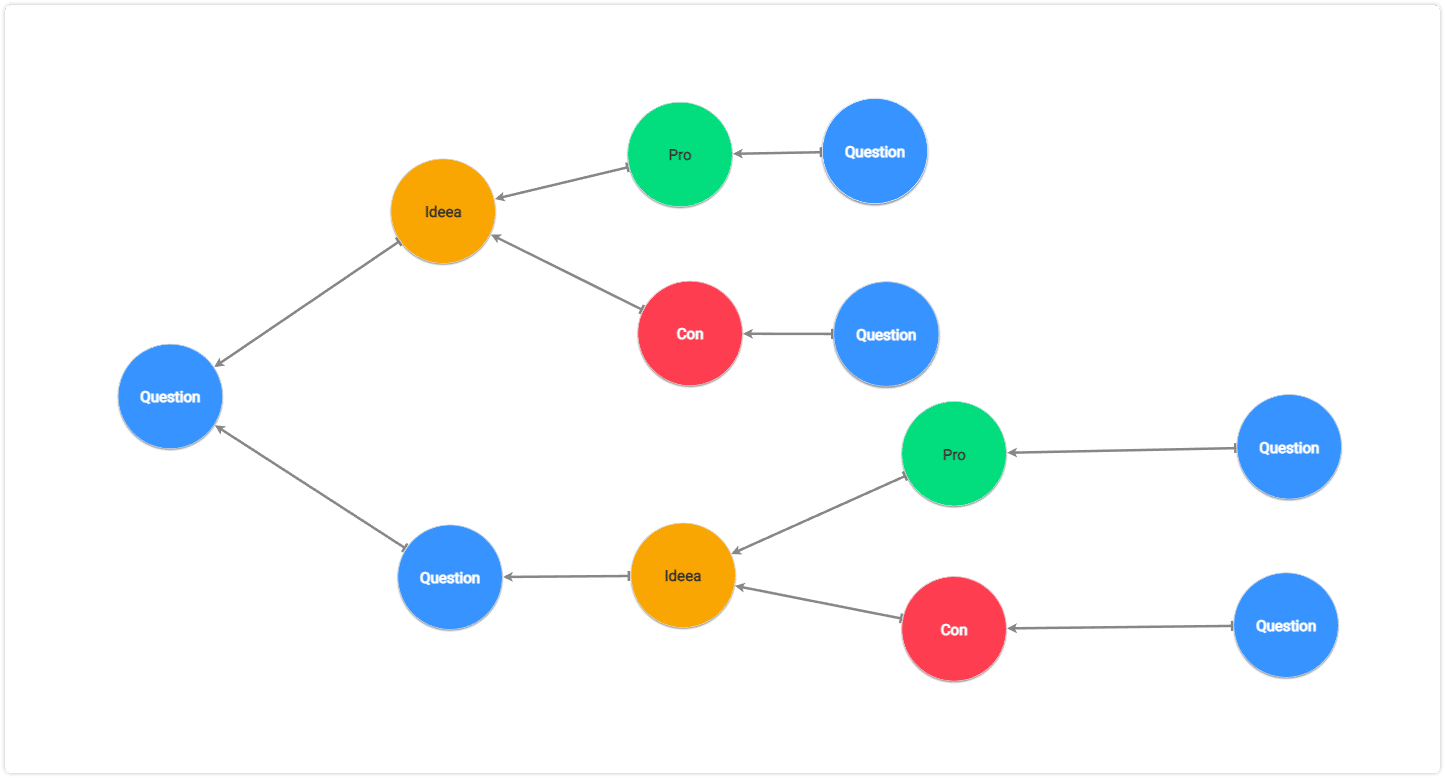
Traditional facilitation will have the wicked problems selected beforehand and someone in charge that connects participants’ comments. That person needs to be able to collect all the ideas and be a good communicator at the same time. Dialogue mapping is more about discussion and dialogue from the participants than drawing shapes and lines.
Another use for dialogue maps as a kind of mind-mapping tool can be for project meetings. Project managers (and also other project management roles) can use this in project meetings to map out the various problems and outcomes possible. Then it’s about working with a shared commitment to solving problems.
Once this happens, it helps to facilitate a successful project. It can also show major warning signs via discussion and dialogue in these meetings. Having a shared space for participants to share their arguments or ideas helps all the stakeholders to be heard. Once they are heard, it also helps to keep the project moving toward solutions.
What is a Wicked Problem?
Wicked problems are ideas or concerns that are basically impossible to solve. These are extremely complex problems. The results are to see how the meeting conversation unfolds. To avoid collective thinking here, it’s also a good idea to have different teams look at the same problems. Wicked problems range from poverty to terrorism to world hunger. Not only is it meant to help in building shared understanding, but helps the group become excellent problem solvers.
The key elements to wicked problems are as follows. They don’t have any specific formula to follow. Unlike other types of problem-solving mind maps, dialogue mapping with a wicked problem doesn’t need to be stopped. There are no definitive answers or solutions to the problem; the only outcomes are good or not good. There’s no real way to test the solutions either.
Yet dialogue mapping helps with wicked problems. The more diverse contributors possible, the more ideas can be created. Towards a possible solution.
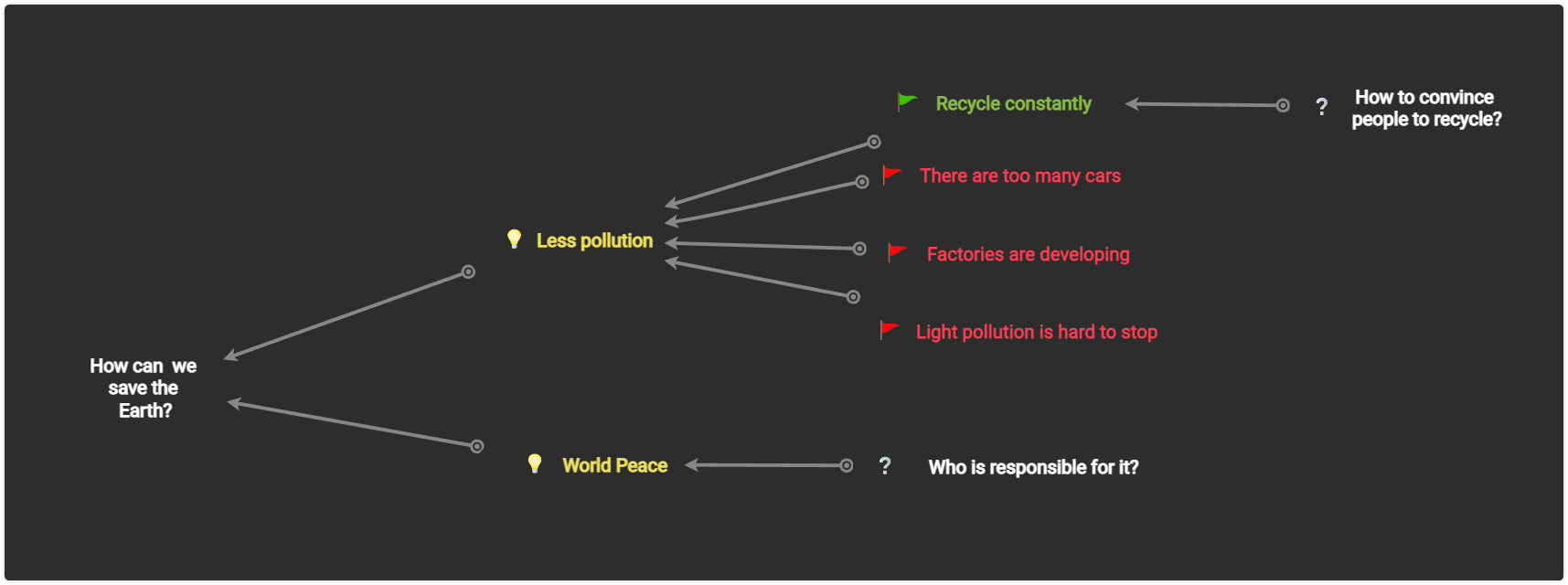
What about IBIS diagrams
Another example of Dialogue mapping has also found its use when it comes to handling technical complexity. This is called IBIS or an issue-based information system. It is a flowchart diagram and dialogue map that visualizes three core elements, which are simple IBIS notations. These are issues, options, and pro or con statements.
An IBIS diagram helps to disseminate a highly complex process. It breaks everything down the process by the process to address every single issue. The pro or con statement at the end is there to help resolve any arguments that have come up.
While the topic of the systemic aspects of dialogue mapping can also be considered a type of decision tree. Dialogue mapping shares similar elements of branching paths while at the same time having a bit of knowledge management with it as well. With IBIS notation being easy to learn, it makes it easy to map out everything for a full analysis.
Benefits of a dialogue map
1. Problem solving and record keeper
Key elements of dialogue mapping are all about a central focus and not relying on individual or group memory. A dialogue map is both a tool to solve problems and a record keeper as well. As the group discussion involves, it helps become a document that helps to avoid repeating ideas. It also helps group members who missed a session to get back on the same page.
2. Increase the efficiency of a meeting
Not only do dialogue maps help track, but a map captures any missing pieces in collective thinking. It helps the group use the map to get every idea possible. Many meetings benefit from good dialogue and discussion. Mapping them only helps make those meetings more productive and relevant.
3. An easy technique for anyone
A final piece is that participants don’t need to have any special training. Except for the facilitator, dialogue mapping can be for everyone. Participants will quickly learn the notations and the process. Over time participants will also find themselves making their own processes and building their own dialogue mapping templates. Keep in mind the facilitator primarily helps with the process and to not get off topic.
4. It’s fun and engaging
Dialogue mapping, especially with a wicked problem, can be a fun exercise for teams. It is a powerful tool to get discussions going instead of a formal meeting. It has people bring up their ideas or arguments to a hypothetical situation, all meant to foster discussions. Any example of a wicked problem can be used in the meeting. There are no bad ideas, and in fact, all ideas are welcome in the group.
Working with a great mind map tool
Mindomo is a mind map maker helps to bring digital mind map solutions that are cost-effective and ready for collaboration. You can easily build a problem-solving mind map on it via a dialogue map. Then you can share it with meeting participants to expand the discussion and dialogue.
The tool is easy to learn and helps visually see the group’s thinking. The resulting knowledge through this shared diagram will only help bolster the team.
Keep it smart, simple, and creative!
The Mindomo Team


